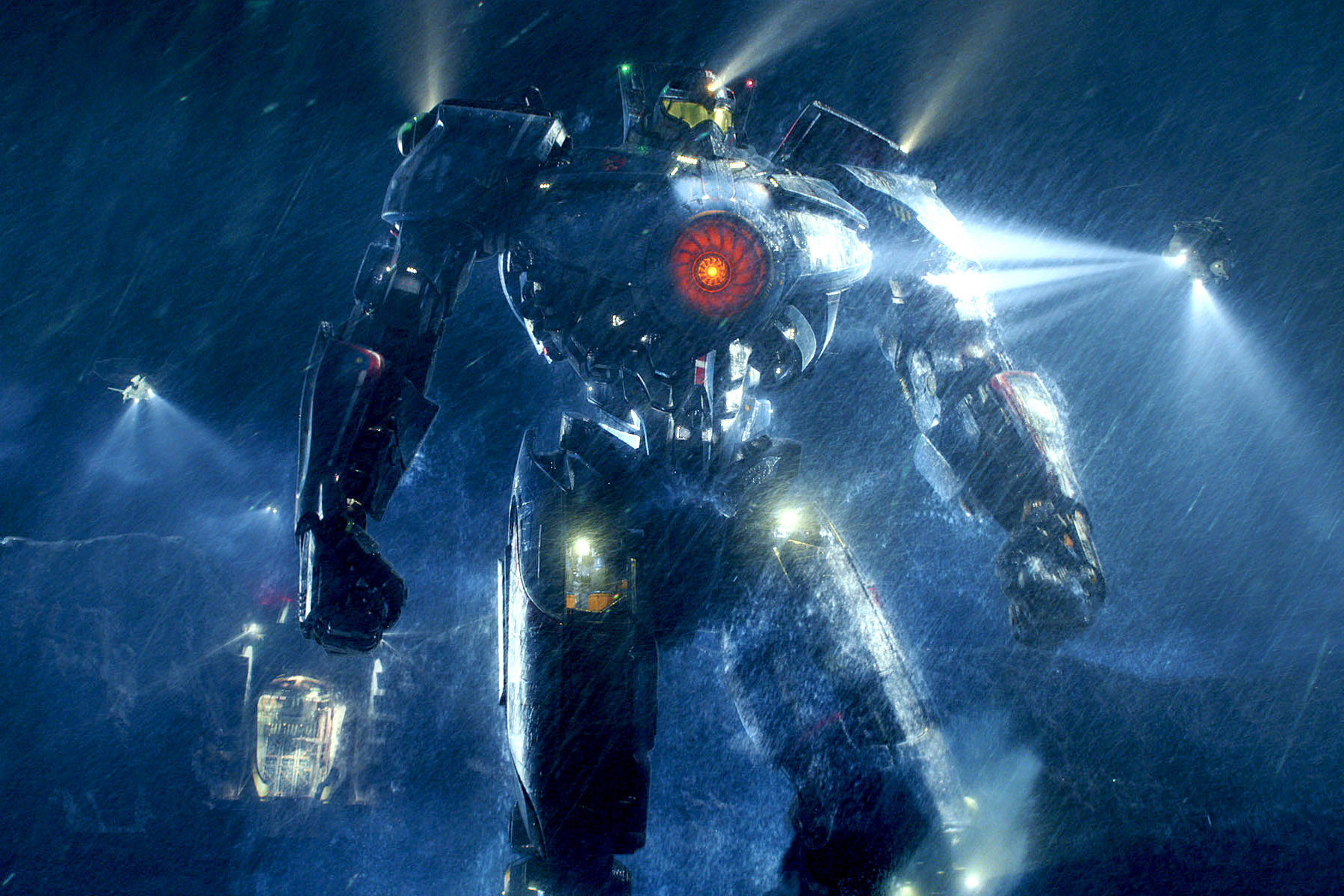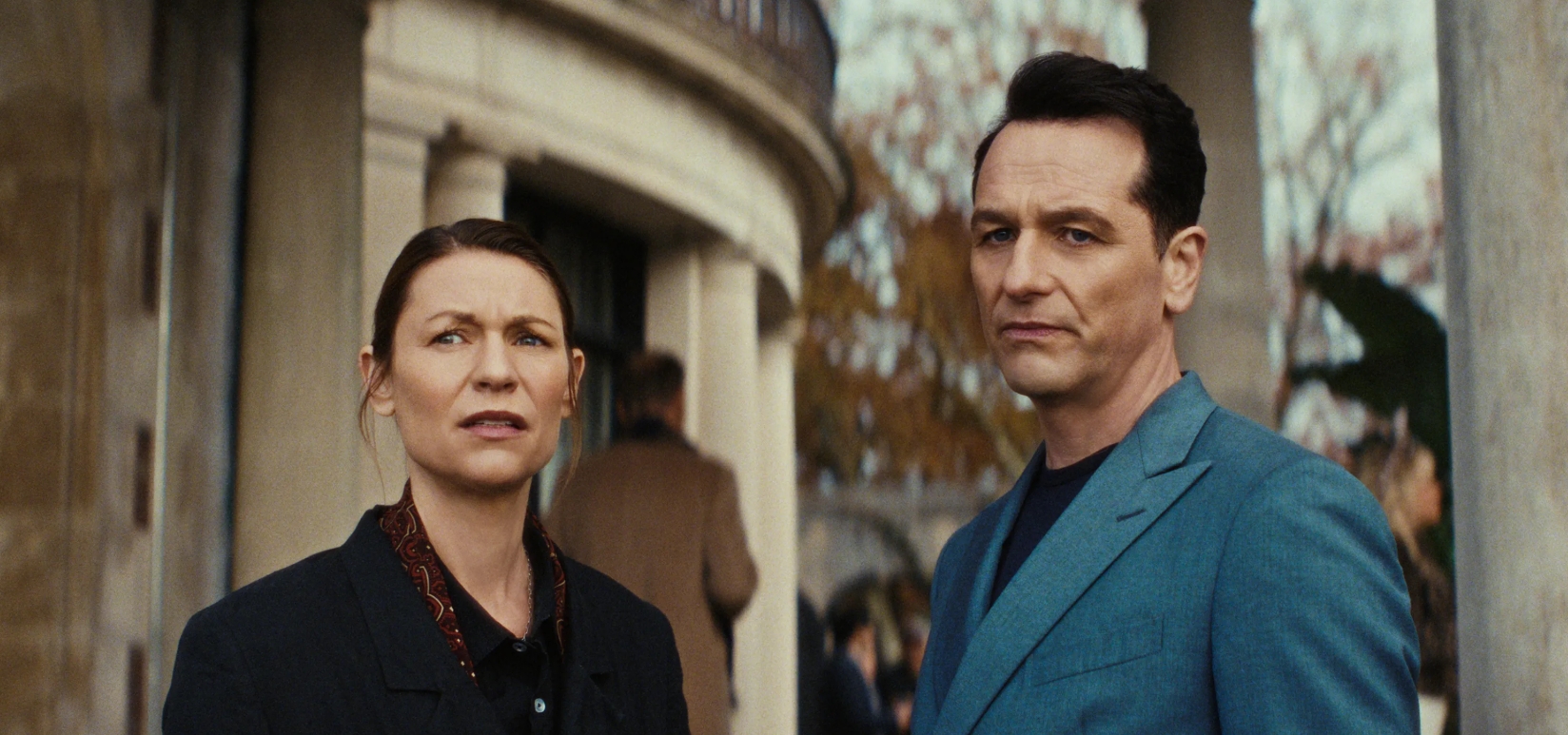The realms of science fiction and action have consistently presented narratives featuring colossal creatures, unlikely heroes, and the human race’s battle against overwhelming challenges. By 2013, viewers were well-acquainted with Japanese kaiju cinema, exemplified by Godzilla, and Hollywood’s fondness for grand-scale devastation, seen in movies like «Independence Day» and «Transformers.» Nevertheless, ‘Pacific Rim’, under the direction of Guillermo del Toro, successfully forged its own distinct character, even while openly referencing these established genres.
Rich Visual World-Building and Design
One of the movie’s most striking features is its immersive world. Del Toro and his artistic collaborators poured considerable effort into constructing a plausible near-future Earth, plagued by Pacific breaches that enable colossal kaiju incursions. What truly distinguishes this picture isn’t merely the immense scale of its robotic heroes, dubbed Jaegers, or the terrifying majesty of the kaiju, but the meticulous design principles underpinning them. Jaegers such as Gipsy Danger and Striker Eureka possess distinct identities, merging mechanical authenticity with individual characteristics evident in their national origins and pilot histories.
Moreover, the kaiju are more than mindless beasts; each is individualized with a name, powers, and even tactical intent, forging a memorable rogues’ gallery. The production design team drew on a wide palette of inspiration ranging from classical monster movies to contemporary anime, yet synthesized these influences into an aesthetic wholly organic to the film’s universe.
Synchronicity Amplifies Emotional Impact
Central to the film’s narrative innovation is the concept of Drift compatibility. Unlike the lone-wolf hero tropes common in Western blockbusters, “Pacific Rim” introduces a neural handshake mechanism requiring two pilots to synchronously operate a Jaeger. This concept reimagines combat as a deeply psychological and emotional experience, where physical prowess must be matched by emotional compatibility. The Drift compels characters to confront trauma, vulnerability, and interpersonal trust, moving action sequences from mere spectacle to windows into human connection.
Case studies from fan and critical response highlight how this mechanism resonated with audiences. For example, the partnership between Mako Mori and Raleigh Becket elicited strong fan engagement, catalyzing extensive discussion in online communities and inspiring the “Mako Mori Test” as an alternative to the Bechdel Test for female character agency in film.
Subverting Genre Stereotypes
While numerous colossal creature features often celebrate military valor or patriotic fervor, «Pacific Rim» embraces a global outlook. The Pan Pacific Defense Corps functions as a worldwide alliance, not solely an American rescue operation, featuring Jaegers and their operators originating from Australia, China, Russia, and Japan, in addition to the United States. This diverse cultural representation is also reflected in the film’s cast and storytelling, with Rinko Kikuchi’s Mako Mori developing into a central figure whose journey is just as crucial as those of her male colleagues.
Guillermo Del Toro himself, in interviews, emphasized the importance of depicting cooperation over conflict, underscoring the necessity of unity in the face of existential threat. The visual language of the film, from the multicolored Jaegers to the dynamic cityscapes under siege, reinforces this ethos of collaborative strength.
Hands-on Techniques and Groundbreaking Filming
Another aspect elevating “Pacific Rim” is its approach to visual effects. In a landscape dominated by often weightless CGI, Del Toro insisted on volumetric realism: Jaegers move with a sense of mass and inertia, while their impacts on urban environments are meticulously rendered. This is achieved through a blend of computer-generated imagery and extensive use of practical effects for cockpit sequences. Pilot actors physically endure simulated impacts, intense strobe lighting, and real water, amplifying believability and audience immersion.
The film’s use of color is equally revolutionary. Borrowing from anime conventions, each scene employs saturated blues, oranges, and neons, defiantly breaking with the desaturated palettes seen in contemporary blockbusters. Critics praised this visual boldness as both a love letter to genre tropes and a fresh reinterpretation.
Music and Sound: Crafting an Auditory Identity
Ramin Djawadi’s score for “Pacific Rim” deserves special mention. Eschewing the generic orchestral swells typical of Hollywood action scenes, Djawadi constructed a soundscape that blends electric guitars, traditional orchestration, and industrial elements. The resulting musical motifs, particularly for Jaeger marches and kaiju battles, achieve a heroic yet industrial tone, intensifying the stakes and giving auditory identity to the film’s colossal machines.
Sound engineering amplifies the feeling of immense scale, employing profound, echoing growls and metallic impacts that differentiate every kaiju and Jaeger. This fostered a sensory engagement that reviewers compared to genuinely «experiencing» the force of the confrontations.
Metatextual Tribute and Genre Awareness
Guillermo del Toro conceived of “Pacific Rim” as more than just a superficial spectacle; he envisioned it as a metatextual tribute to the cinematic and animated traditions that shaped his artistic vision. The movie openly displays its inspirations, incorporating elements from mecha anime like “Neon Genesis Evangelion” and “Gundam,” alongside homages to classic monster films such as “Godzilla” and “Ultraman.” However, it transcends mere imitation by skillfully blending these diverse components into innovative storytelling structures and breathtaking visual displays.
Analysts note how the film’s opening overture, eschewing a slow build-up for immediate world-shattering action, reflects a keen awareness of modern audience expectations, updating kaiju mythos for a new century without losing the emotional and thematic core.
Lasting Cultural Impact
Despite its varied performance at the North American box office, «Pacific Rim» achieved considerable international success, particularly captivating audiences in regions like China and Japan. The film’s extensive merchandising potential led to the creation of toys, comic books, novels, and even an animated series on Netflix, showcasing its remarkable ability to inspire diverse forms of storytelling across different media.
Academically, the movie sparked new conversations about genre blending, worldwide film creation, and depictions of trauma, with numerous articles exploring its innovative method for character interactions and collaborative efforts.
«Pacific Rim» distinguishes itself within its category by merging a profound respect for kaiju and mecha heritage with innovative narrative, profound emotional resonance, and a magnificent audiovisual presentation. It transformed classic figures into contemporary legends, enhancing both the grandeur and the essence of the genre. By centering on themes of solidarity, compassion, and creative world-building, «Pacific Rim» broadened the scope of what a colossal monster movie could signify and achieve for viewers worldwide.




:max_bytes(150000):strip_icc()/Christy-110525-01-af37a3a8ccc542d99361a2a401d54122.jpg)
